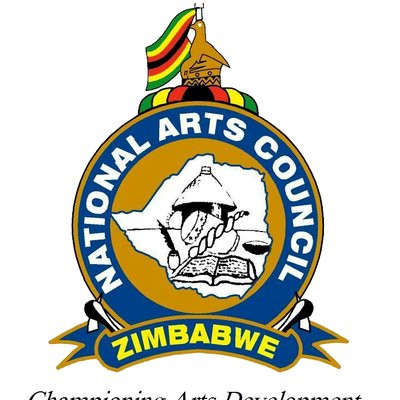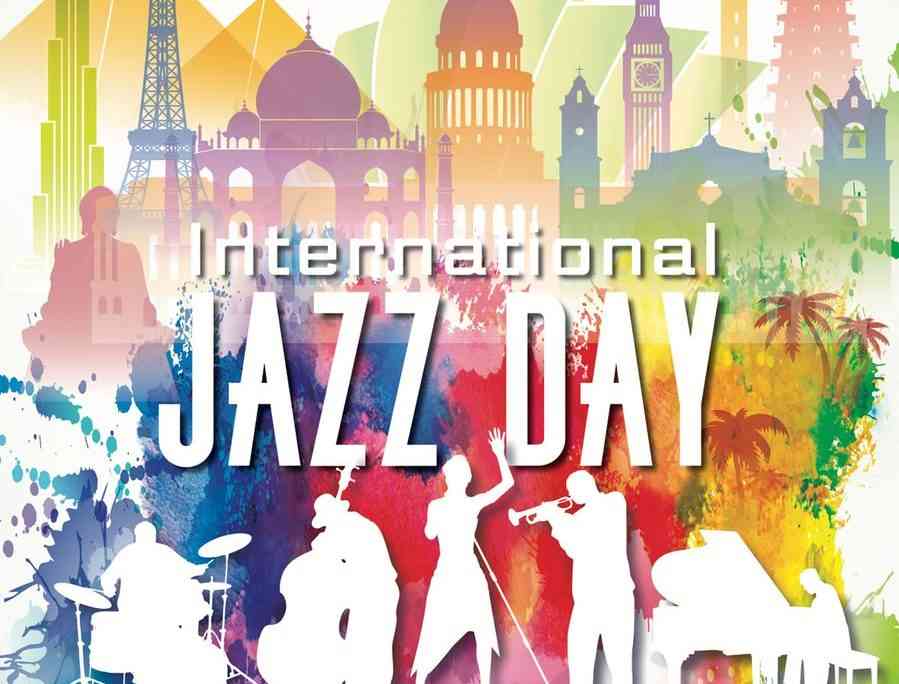
Gweru dancer, Rayaaz Rayman Rhazar, recently scooped the top prize at the Rivalskool Battle at the Jibilika Festival 2018 in Harare, which came with an automatic ticket to represent Zimbabwe at the International Rivalskool Battle in Paris, France, on December 9. Known on stage as Machin3 (Mushina), Rhazar (RR) opened up to NewsDay Life & Style editor, Phillip Chidavaenzi (ND), about his life in the fast lane of dancing. Here are excerpts from the interview…
SNEAK PEEK: Phillip Chidavaenzi

ND: You recently won the top prize at in the Rivalskool Battle at the Jibilika Festival 2018. What does this mean for you?
RR: It means a big opportunity to grow my talent and career as a dancer.
ND: What do you think is the reason you outclassed your competitors?
RR: I can’t really say there’s a specific thing, but I can say I made myself stand out by being as unique as possible in terms of moves, creativity and style, but the competition was stiff. Everyone had their own way of interpreting dance.
ND: You will represent Zimbabwe at the International Rivalskool Battle in Paris, France, on December 9. How does this make you feel?
RR: I feel overwhelmed and I am also proud to be able to show the world what Zimbabwe has to offer and that our country will be recognised and respected in the dance industry.
- Chamisa under fire over US$120K donation
- Mavhunga puts DeMbare into Chibuku quarterfinals
- Pension funds bet on Cabora Bassa oilfields
- Councils defy govt fire tender directive
Keep Reading
ND: When you dance, there is so much flexibility. Is this something natural or you have to train?
RR: It’s a bit of both [natural gifting and] training so that I can surpass my limits.
ND: Can anyone be a good dancer just by training, or it’s an inborn gift?
RR: There’s a saying that hard work beats talent, so I believe anyone can become a good dancer. You just have to work towards your goal.
ND: For you, does dance have some kind of spiritual significance, or it’s just about fun and enjoyment?
RR: Well, it does have spiritual significance because I find it as therapeutic. For me, it can change my mood in an instant and reset my thinking, so I can say it’s more than just fun and enjoyment.
ND: And the new style movement machine dance… Tell me about the naming of these dances…
RR: Some of the names come from imitations of certain objects like the robot, and also imagination whereby you create something and give it a name that represents its movement and style.
ND: What comes first, the dance or the name?
RR: The dance comes first, then the name follows. For example, if your style is focused on twisting your body and displacing your bones from the sockets, then the name would be “bone-breaking”.
ND: And how did the name Mushina dance come about?
RR: It came from the character I used to portray whilst dancing. I felt like a machine, but an African sort of machine, so I then converted it to the Shona version, which is Mushina.
ND: For you to remain sharp and strong on stage, do you have to go to the gym, or the stage is your gym? I see there is a lot of energy when you dance.
RR: I do both so as to increase my endurance when dancing and to maintain energy.
ND: Do you think there is enough appreciation of dance as a profession in Zimbabwe?
RR: No. There is not enough appreciation.
ND: Why do you say so?
RR: I think because we have been culture-centred for too long and dance has never been seen as something that can be done for a living. It is a form of art, but is not fully harnessed.
ND: And what are the prospects for the future?
RR: It (dance) has been growing, and hopefully, in due course it will create a platform for people to take it up as a full-time profession.
ND: There is a lot of electricity imagery in your brand — “magetsi” (electricity), “high voltage” and so on. Why is that so?
RR: I look at my dancing as something that hypes and gives that pulse in every move, so the aspect of electricity, of how the (electric) current flows into an object through the music and dance gives me that drive and I feel electrified. And every time I perform, I always get comments such as you dance like you have been zapped or been connected to electricity, so I began to use that as my character and brand, which portrayed my dance.
ND: At what stage did you decide dance was going to be your life? How did it happen?
RR: I first used to do it for fun, but then as time moved on, it became part of me and part of my life, so when I finished high school, I began to get myself involved with other dancers and created a crew called Voltage and we used to perform at events like weddings. That was when the recognition started growing, so that’s how it happened for me.
ND: There are parents who feel being a dancer is not a serious ambition for their child. What can you say to them?
RR: Well, being a dancer means you’re an artist and it is just like any other career, and must be taken as a profession.
ND: Who has been your greatest inspiration when it comes to dancing?
RR: My friends that I dance with inspire me and motivate me so much.
ND: Your parting shot?
RR: In whatever we do in life, we should never give up. You can achieve anything through patience and hard work. I am grateful for everyone who has supported me and I will continue pushing forward.











